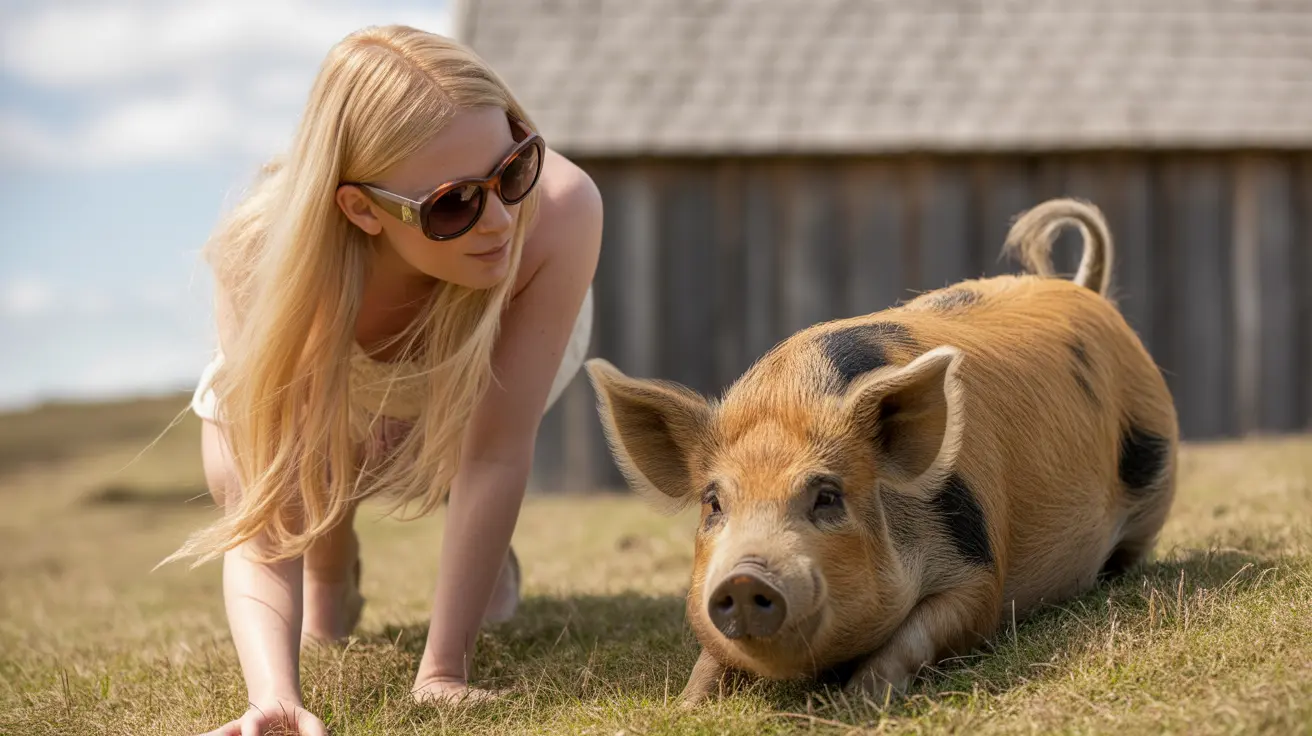Quinoa: The Healthiest Grain for Dogs
When it comes to choosing the best grains to incorporate into your dog’s diet,
quinoa stands out as a superior option. This ancient seed — often classified as a grain — has become popular in both human and canine nutrition due to its exceptional nutritional profile, digestibility, and low allergenic potential.
What Makes Quinoa So Healthy for Dogs?
Quinoa is a gluten-free, nutrient-dense food that provides a broad array of essential vitamins, minerals, and amino acids. It serves as a powerful alternative to more commonly used grains like rice, wheat, and corn. Here are some of the top reasons dog owners turn to quinoa for dietary supplementation:
- Complete protein source: Quinoa contains all nine essential amino acids, which are crucial for maintaining muscle mass, tissue repair, and overall health in dogs.
- Rich in fiber: Its fiber content aids digestion, helps regulate blood sugar, and contributes to a feeling of fullness — especially beneficial for overweight pets.
- Packed with minerals and vitamins: Quinoa offers magnesium, iron, potassium, phosphorus, and B vitamins, all of which support immune health, nerve function, and energy metabolism in dogs.
- Low in fat and calories: Its nutritional profile makes it particularly suitable for dogs requiring weight management.
- Antioxidant-rich: Antioxidants and fatty acids present in quinoa help maintain healthy skin and a shiny coat while combating inflammation and oxidative stress.
Digestibility and Allergen Consideration
Unlike many grains that can cause allergic reactions or digestive upset in dogs, quinoa is largely hypoallergenic and easily digestible.
Dogs with food sensitivities or gluten intolerances often tolerate quinoa better than traditional grains.
However, quinoa does contain
saponins, naturally occurring compounds that protect the plant from pests but can cause mild intestinal irritation. To neutralize these effects, quinoa should always be
thoroughly rinsed and cooked before serving to pets.
How to Serve Quinoa to Your Dog
Follow these guidelines for safe and effective use:
- Always rinse quinoa under cold water to remove saponins.
- Cook quinoa thoroughly — never serve it raw.
- Serve it plain, without added salt, oils, spices, onions, or garlic.
- Use quinoa as a supplement or topper rather than a substitute for complete dog food.
- Introduce slowly and monitor your dog’s response for signs of intolerance or allergy.
Recommended Serving Sizes by Dog Size
Exact needs will vary based on diet type and energy requirements, but general guidelines include:
- Extra-small dogs (2–20 lbs): up to 1 tablespoon cooked quinoa per day
- Small dogs (21–30 lbs): 2–3 tablespoons daily
- Medium dogs (31–50 lbs): 1/4 cup
- Large dogs (51–90 lbs): 1/3 cup
- Extra-large dogs (90+ lbs): up to 1/2 cup
Ensure quinoa does not make up more than 10% of your dog's daily caloric intake. It should enhance your dog’s normal meals — not dominate them.
Precautions and When to Consult a Vet
While quinoa is generally safe, there are some conditions where caution should be exercised:
- Dogs with kidney disease, pancreatitis, or on prescription diets should only eat quinoa under veterinary supervision.
- Arthritic dogs may need to avoid high-oxalate foods like quinoa to reduce inflammation.
- Monitor allergic reactions, including itchy skin, vomiting, or diarrhea. Stop feeding if adverse effects occur.
Storage and Meal Prep Tips
To make incorporating quinoa into your dog’s routine easy:
- Cook in batches and store in an airtight container for up to 3 days in the fridge.
- Freeze for longer storage — up to a month!
- Portion out your dog’s serving before seasoning your own portion.
Conclusion
Quinoa is one of the healthiest grains you can offer your dog.
When properly prepared and offered in moderation, it provides vital nutrients that support muscle health, digestion, skin, and overall energy. As with any dietary addition, monitor your pet and consult with your vet to ensure quinoa fits well into their nutritional plan. Use it to add variety and health benefits to your pup's feeding regimen — it’s a tasty way to show them you care.





